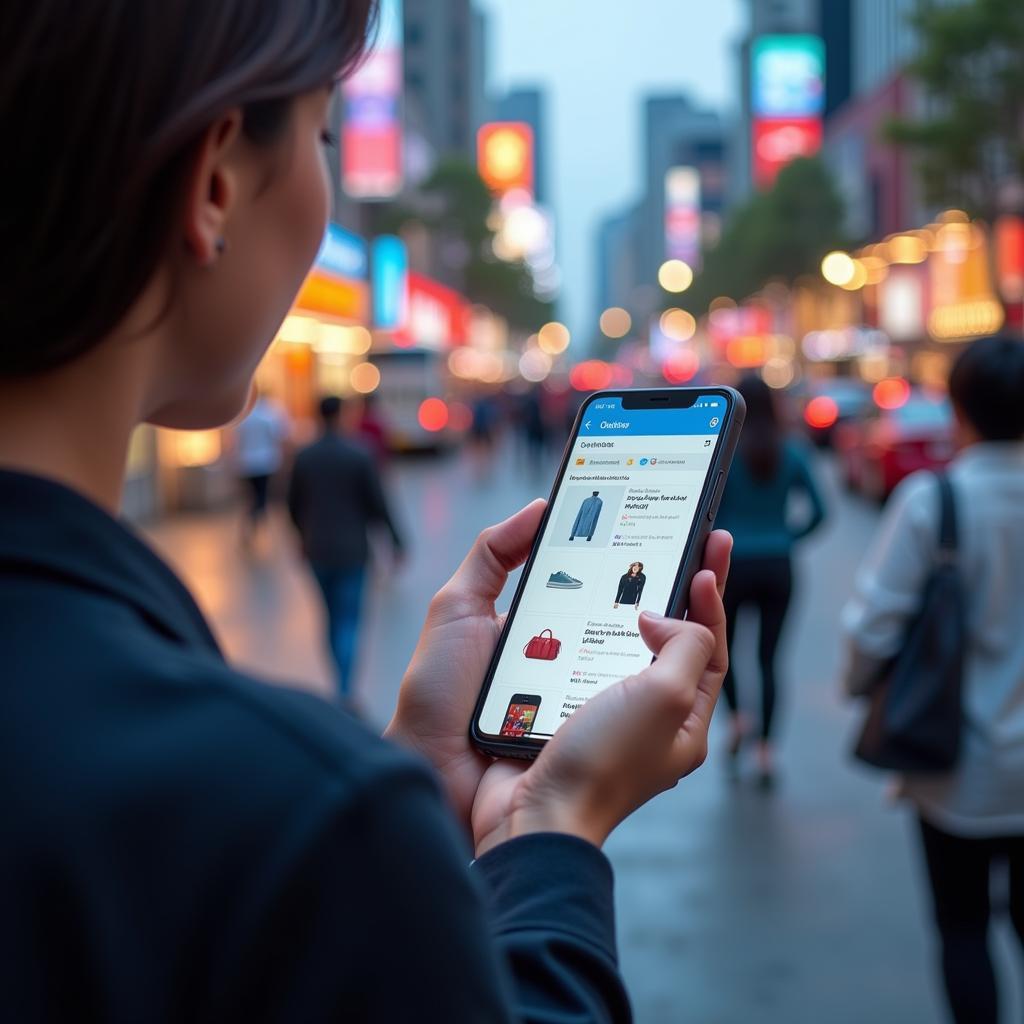Have you ever found yourself wondering why your Southeast Asian friend just smiled awkwardly instead of answering your question directly? Or why they insist on sharing their food even when you politely decline? Don’t worry, you’re not alone. In the diverse and vibrant tapestry of Southeast Asia, communication styles are as rich and varied as the region’s cultural heritage. What might seem like “ASE” (awkward Southeast Asian) behavior to some is often rooted in deep-seated cultural norms and values.
This article delves into the fascinating world of Southeast Asian communication, exploring the unique quirks and unspoken rules that shape how people interact in this captivating region. Whether you’re planning a trip to Southeast Asia, working with Southeast Asian colleagues, or simply curious about different cultures, understanding these communication nuances can help you navigate social situations with greater ease and build stronger relationships.
The Art of Non-Confrontation: Saving Face and Maintaining Harmony
One of the most prominent features of Southeast Asian communication is the emphasis on non-confrontation. Rooted in the Confucian values of harmony and respect, Southeast Asians generally avoid direct confrontation to preserve social harmony and prevent the loss of “face” – a concept deeply intertwined with personal dignity and reputation.
This emphasis on indirect communication can manifest in several ways:
-
Saying “yes” when they mean “maybe” (or even “no”): Directly declining a request can be perceived as rude, so Southeast Asians may agree to something verbally while subtly expressing their hesitation through body language or tone of voice.
-
Avoiding open disagreement: Publicly disagreeing with someone, especially someone in a position of authority, is frowned upon. Instead, Southeast Asians may express their dissent through subtle hints, nonverbal cues, or by simply staying silent.
-
Using intermediaries: To avoid direct confrontation, Southeast Asians may prefer to communicate through a third party, especially when dealing with sensitive matters or potential conflict.
The Power of Nonverbal Communication: Reading Between the Lines
While verbal communication is important, Southeast Asians place equal, if not greater, emphasis on nonverbal cues. Mastering the art of reading between the lines is crucial for effective communication in this region.
Here are some key aspects of nonverbal communication to pay attention to:
-
Smiling: In Southeast Asian cultures, smiles can convey a wide range of emotions, from genuine happiness to politeness, embarrassment, or even discomfort. Paying attention to the context and accompanying body language is essential for accurate interpretation.
-
Eye Contact: While direct eye contact is generally avoided as a sign of respect, prolonged eye contact can be interpreted as a challenge or confrontation.
-
Physical Touch: Physical touch, particularly between members of the same gender, is common and often used to express warmth, friendship, and closeness.
-
Personal Space: Southeast Asians tend to have a closer concept of personal space compared to Western cultures. Don’t be surprised if someone stands close to you while talking or bumps into you without apologizing.
Building Relationships: The Foundation of Trust and Understanding
In Southeast Asia, building strong personal relationships is paramount to successful communication. Trust and rapport are highly valued, and people prefer to do business with those they know and feel comfortable with.
Here are some tips for building relationships in Southeast Asia:
-
Show Respect: Respect for elders, authority figures, and cultural traditions is crucial. Use polite language, address people by their titles (Mr., Ms., Dr.), and avoid interrupting when someone is speaking.
-
Be Patient: Building trust takes time. Don’t expect to establish deep connections overnight. Engage in casual conversation, show genuine interest in the local culture, and be patient with communication styles that may be different from your own.
-
Share a Meal: Food plays a central role in Southeast Asian culture. Sharing a meal is a powerful way to build bonds and foster connection. Accept food and drinks when offered, even if you’re not particularly hungry or thirsty.
ASE or Just Culturally Aware?
Understanding the nuances of Southeast Asian communication can be a game-changer in your interactions with people from this region. By embracing the emphasis on non-confrontation, paying attention to nonverbal cues, and investing time in building relationships, you can avoid misunderstandings, foster trust, and navigate social situations with greater cultural sensitivity.
Remember, what might initially seem like “ASE” behavior is often a reflection of deep-seated cultural values that prioritize harmony, respect, and strong interpersonal connections. So, the next time you find yourself in a Southeast Asian context, embrace the opportunity to learn, adapt, and appreciate the richness and complexity of Southeast Asian communication.
FAQ: Unraveling the Mysteries of Southeast Asian Communication
1. Why do Southeast Asians avoid saying “no” directly?
Directly refusing a request can be considered impolite and may cause the other person to lose face. Instead, Southeast Asians may use phrases like “maybe,” “I’ll try,” or “we’ll see” to soften the blow and maintain harmony.
2. How can I tell if someone is genuinely smiling or just being polite?
Pay attention to the eyes. A genuine smile typically reaches the eyes, while a polite smile may only involve the mouth. Additionally, consider the context and accompanying body language for further clues.
3. What are some common gestures to be aware of in Southeast Asia?
Pointing with the index finger is considered rude. Instead, use your entire hand or your thumb to gesture. Avoid touching someone’s head, as it’s considered sacred in many Southeast Asian cultures.
4. How can I show respect for elders and authority figures?
Use polite language, such as “please” and “thank you,” and address people by their titles. When greeting someone older or in a position of authority, slightly bow your head as a sign of respect.
5. What should I do if I accidentally offend someone?
Sincerely apologize, even if you’re not entirely sure what you did wrong. A genuine apology goes a long way in smoothing over any unintentional offense.
Need More Guidance? We’re Here to Help!
Navigating the intricacies of intercultural communication can be challenging. If you have further questions or need expert advice on effectively communicating with Southeast Asian audiences, don’t hesitate to reach out.
Contact Us:
Phone: 0369020373
Email: [email protected]
Address: Thon Ngoc Lien, Hiep Hoa, Bac Giang, Vietnam
Our team of experienced communication professionals is available 24/7 to provide you with the support and insights you need to build bridges and foster meaningful connections.


